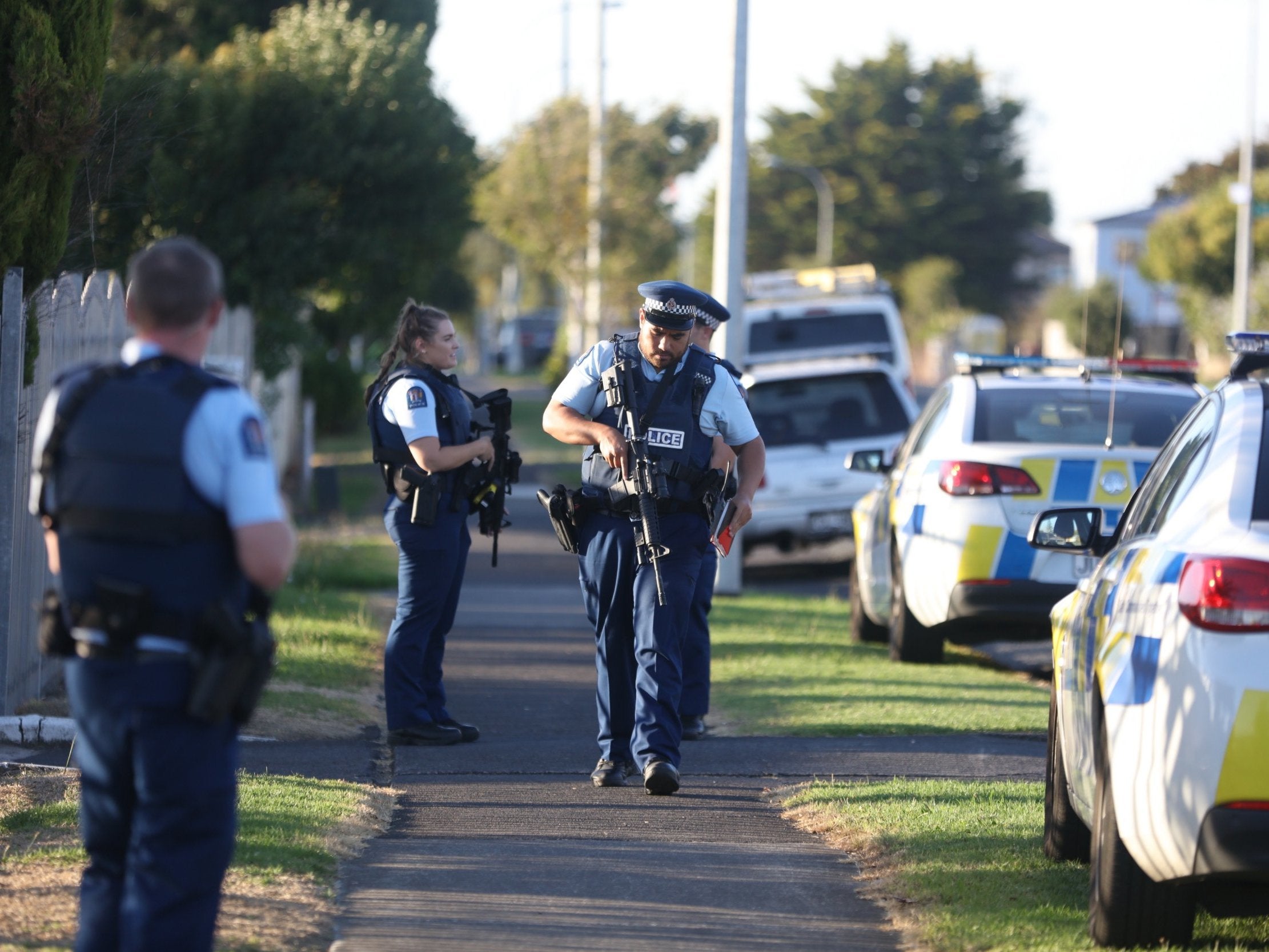

“Not only has conspiratorial hate spread from the Internet to real life,” he wrote, “it’s also weaponized to go viral. On 15 March 2019, two consecutive mass shootings occurred in a terrorist attack on two mosques in Christchurch, New Zealand. But, as tech writer Charlie Warzel wrote in The New York Times, the Christchurch shooter’s “apparent familiarity with the darkest corners of the Internet” may become the new normal.

In 2017, a 37-year-old man recorded himself shooting and killing another man, posted it on Facebook, and then took to Facebook Live to describe the attack. Other, less calculated perpetrators have posted or live-streamed violent acts before. “It will take a realignment of priorities for tech companies to snuff out white supremacists seizing on faulty algorithms to incite violence.”Īs Collins notes, the purposeful spread of violence on social media is a long-standing problem. “This is just going to keep happening until tech companies step up and realize that this is a singular problem, repeated in deadly ways near-monthly, spurred by their machines,” reporter Ben Collins wrote on Twitter the wake of the attack. Christchurch shooting video lays bare terrifying new brazenness of right-wing trolls, their toxic ‘shitposting’ The video of the Christchurch shooting shows that right-wing trolls, who were earlier confined to the virtual world, have found a way out. But the Christchurch video, and companies’ efforts to contain it, has intensified scrutiny of the platforms’ handling of offensive and dangerous content-particularly when the perpetrator is Web-savvy. Totally unoriginal, a complete ripoff of Christchurch except worse in every way.

read his manifesto and watch the video you can do so here. Tech giants have faced versions of this same struggle before, having repeatedly failed to tamp down on conspiracy theories after other large-scale tragedies. An article about living in America as a redpilled zoomer. In the wake of the shooting, Facebook, Twitter, and YouTube were left scrambling to stop the spread of a 17-minute video of the attack, recorded by the 28-year-old Australian gunman, that was live-streamed and shared across all three platforms. The right-wing attack on two New Zealand mosques Friday, which left nearly 50 dead and dozens wounded, seemed specifically designed to go viral.


 0 kommentar(er)
0 kommentar(er)
